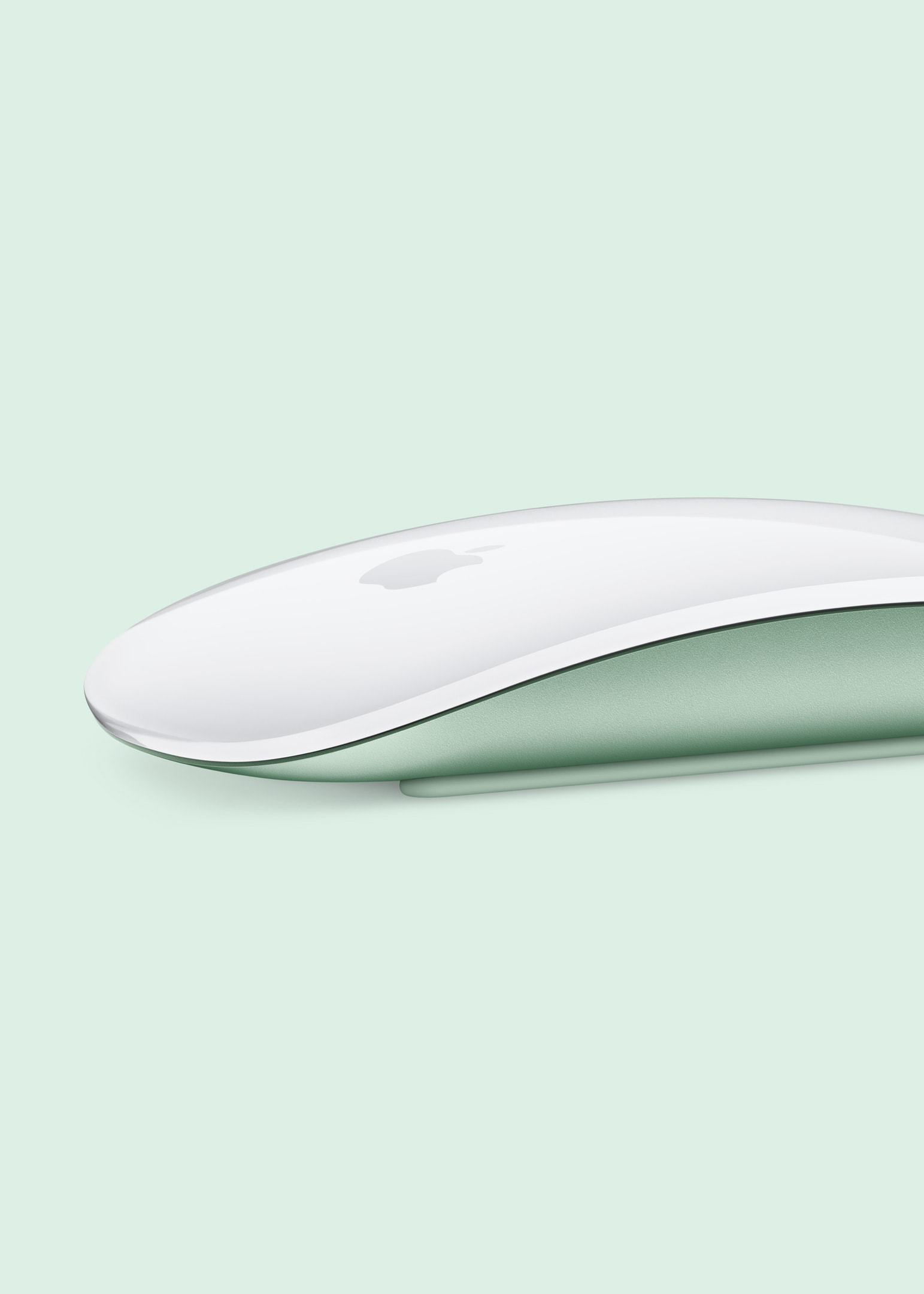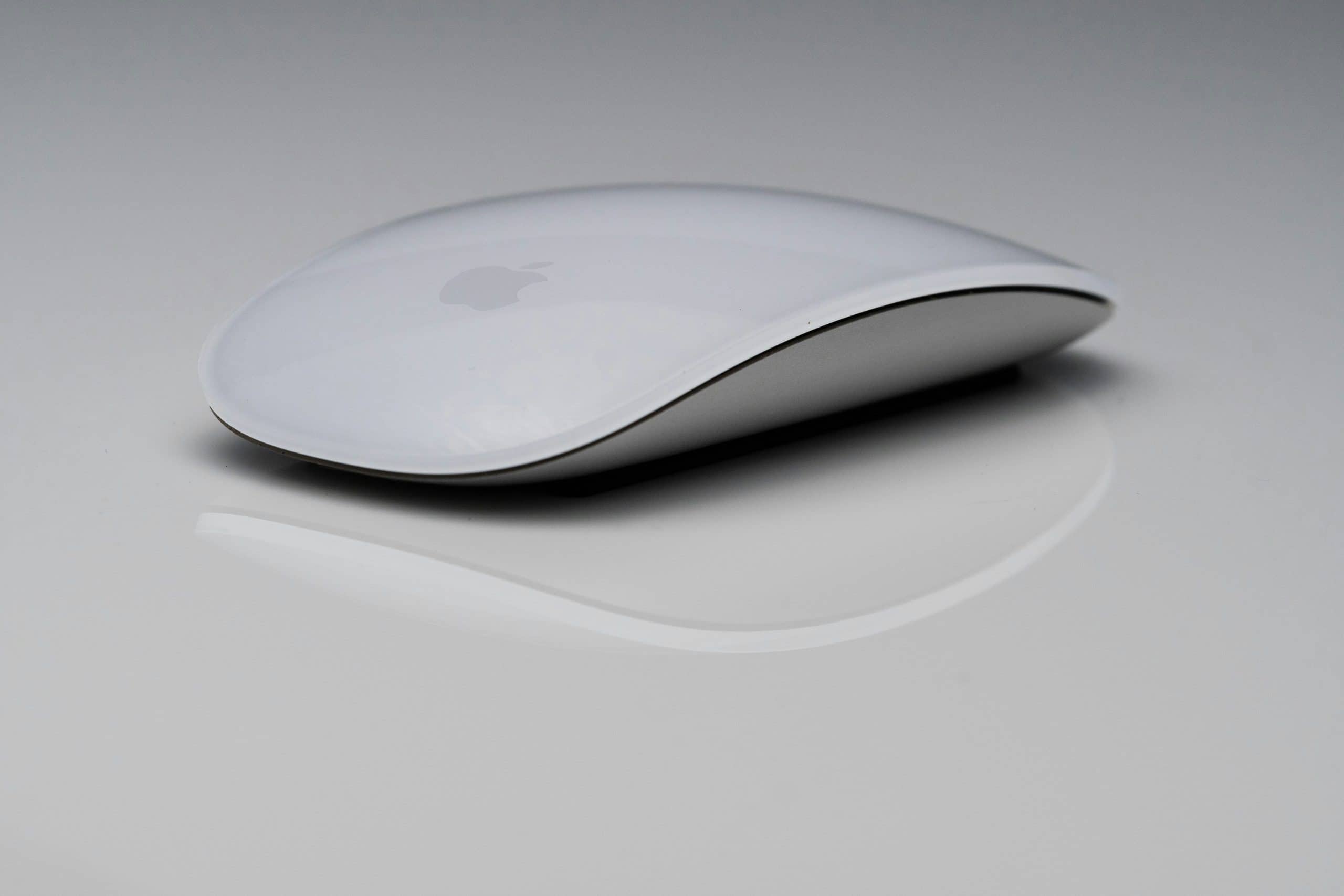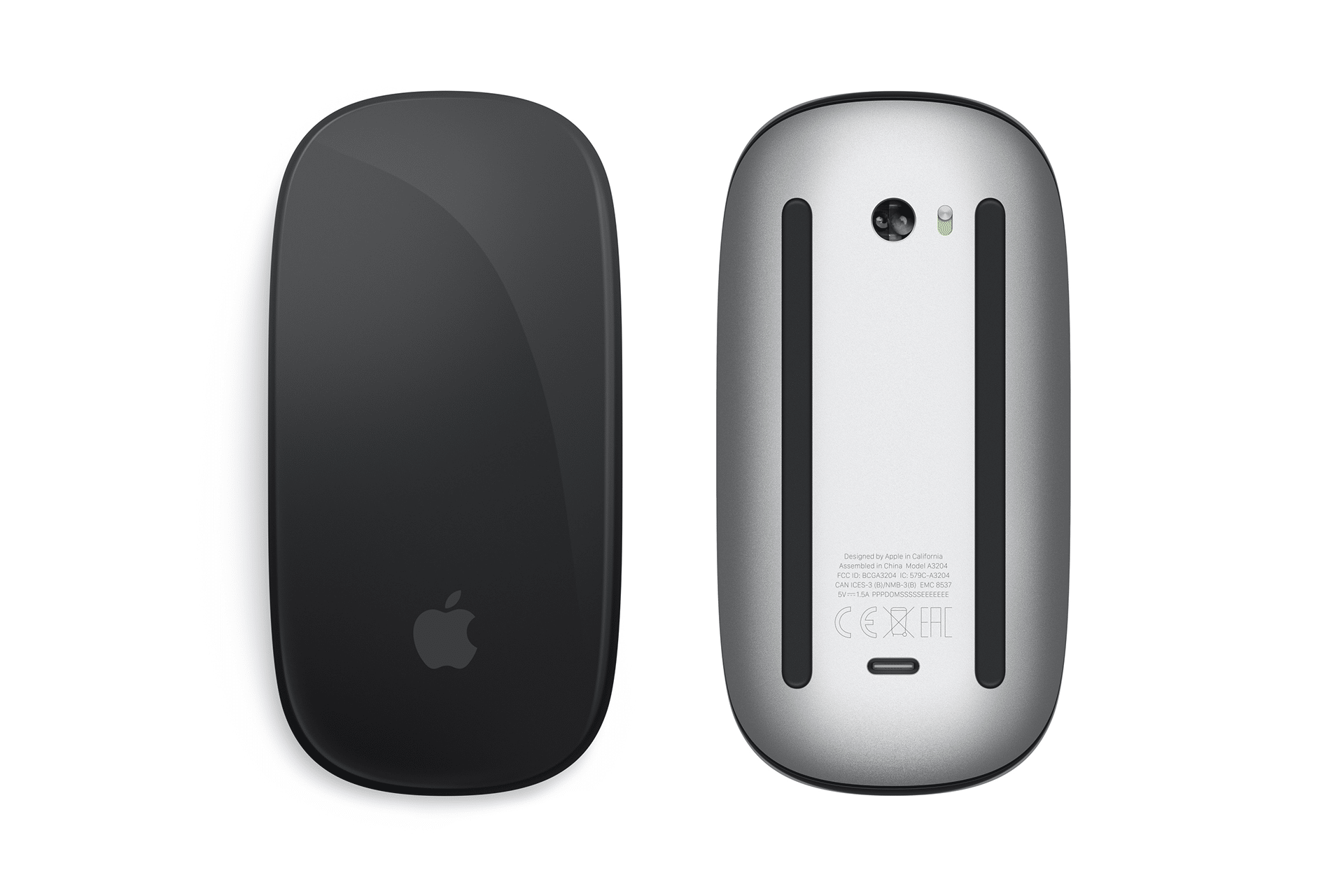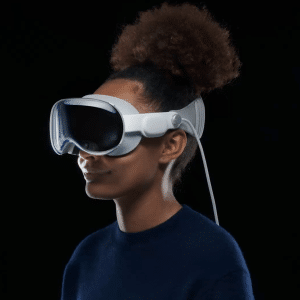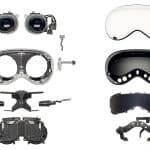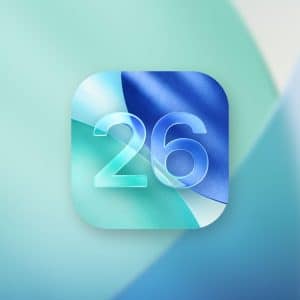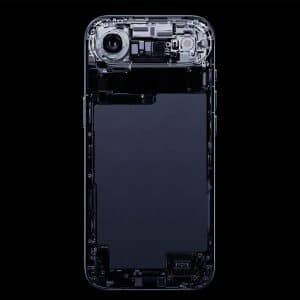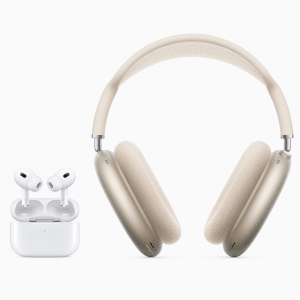The patent, titled “Electronic Devices with Extended Input-Output Capabilities,” describes a Magic Mouse equipped with an array of sensors along its sidewalls. These sensors, including optical ones using LEDs or lasers and capacitive detectors, can track a user’s finger or hand movements in the space adjacent to the mouse. Unlike the current Magic Mouse, which relies on multi-touch gestures like swipes and taps on its surface, this future version would recognize three-dimensional gestures made in the air. For example, a flick of the wrist could move the cursor, or a wave could select menu options, mirroring the natural, spatial interactions seen in Apple Vision Pro’s visionOS.
This approach could extend the mouse’s capabilities significantly. The patent suggests users could manipulate on-screen objects, input text, or make selections with minimal physical contact. Imagine bidding in an online auction by clicking a button and then gesturing to set your price, or zooming into a document with a pinch motion in the air. By integrating such gestures, Apple aims to supplement traditional inputs like clicks and scrolls, making interactions more versatile and intuitive for Mac users, from casual browsers to creative professionals.
Projected Interfaces Add Visual Flair
Beyond gesture detection, the patent introduces a futuristic twist: the Magic Mouse could include projectors to display virtual interfaces on the desk. Using visible or infrared cameras, the mouse might project images of buttons, icons, or even a virtual keyboard, which users could interact with by touching the projected surface. This concept echoes laser-projected QWERTY keyboards, but with Apple’s signature polish. For instance, a projected file folder icon could be “tapped” to open a document, with the mouse’s sensors registering the action. This feature could turn any desk into an interactive workspace, enhancing productivity and creativity.
Such projections could also make the Magic Mouse a standalone input hub, potentially reducing reliance on a Mac’s trackpad or keyboard for certain tasks. The patent even hints at broader applications, suggesting the technology could be embedded in furniture like tables or chairs, though the primary focus remains on the mouse. For tech users, this promises a seamless blend of physical and virtual controls, making macOS feel more like a mixed-reality environment without needing a headset.
Addressing Long-Standing Critiques
The current Magic Mouse, while sleek, has drawn criticism for its design, particularly the USB-C charging port on its underside, which prevents use during charging. While the patent doesn’t explicitly address this issue, the addition of advanced features like air gestures and projections suggests Apple is rethinking the mouse holistically. Posts on X reflect excitement about the gesture technology but also hope for practical fixes, like relocating the charging port or adopting MagSafe wireless charging. AppleInsider notes that the patent’s scope extends beyond the mouse, potentially influencing other devices, but the Magic Mouse remains the centerpiece of this innovation.
Why It Matters
This potential Magic Mouse redesign could bridge the gap between traditional computing and the spatial interactions popularized by Apple Vision Pro. For Mac users, it promises a more intuitive way to navigate complex workflows, from video editing to web browsing, without requiring new hardware like a headset. The projected interface could also appeal to professionals who value customizable, clutter-free workspaces. As AppleInsider reports, the patent’s inventors, including prolific designer Paul X. Wang, have a track record of pushing input boundaries, though not all patents become products. Still, this development aligns with Apple’s broader vision of making technology feel effortless and natural.
For tech enthusiasts, the prospect of air gestures brings sci-fi flair to everyday tasks, potentially making the Magic Mouse a must-have upgrade. As Apple continues to refine macOS and its ecosystem, this innovation could set a new standard for desktop interaction, encouraging daily engagement with Macs in a way that feels both futuristic and familiar. While no release date is confirmed, the patent’s approval on May 6, 2025, keeps the buzz alive for what’s next.
